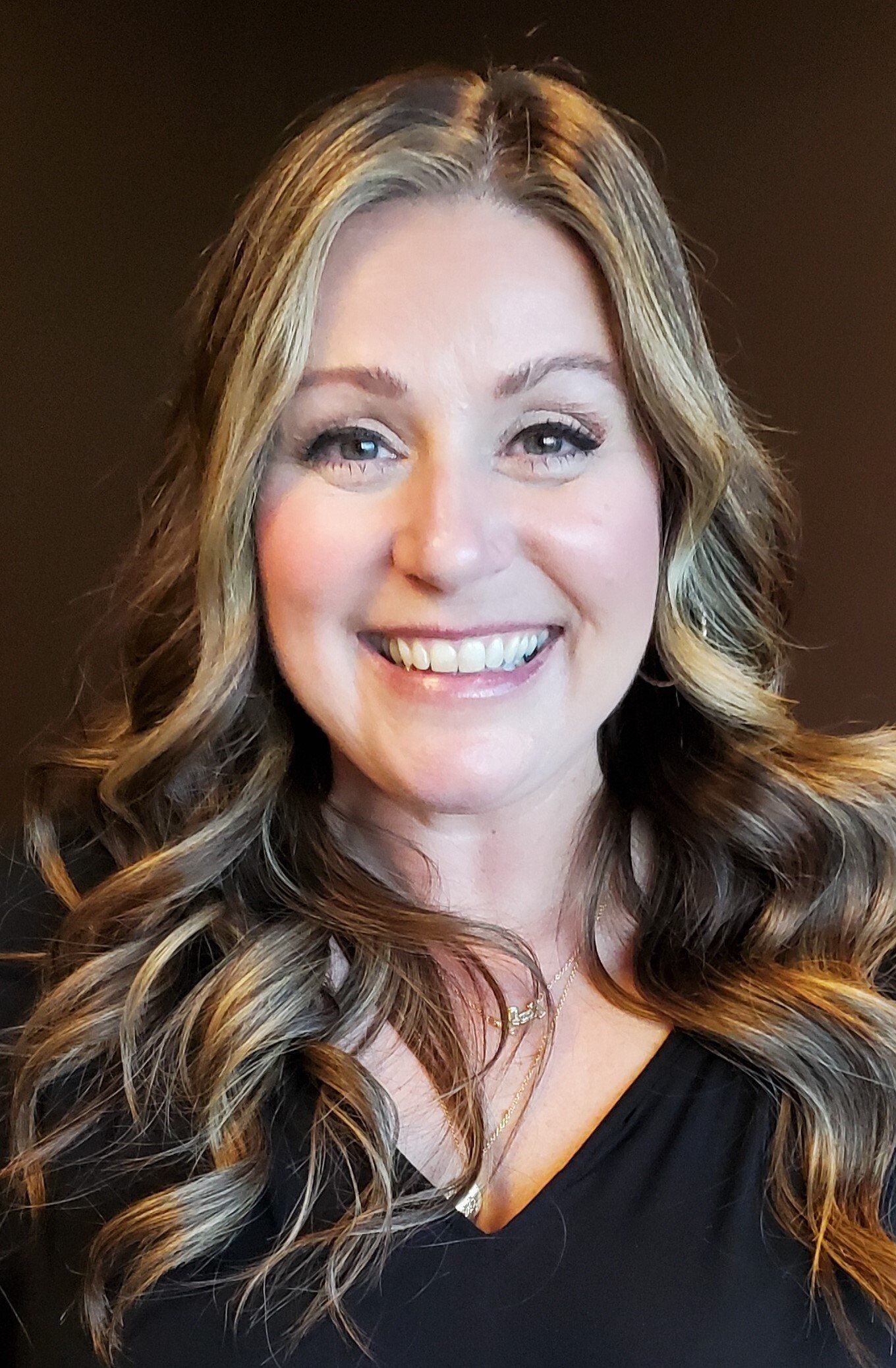From Summer Shine to Fall Fine: Smart Home Projects to Tackle Before the First Frost
Trish Pritchard • August 27, 2025
As patios wind down and pumpkin spice ramps up, fall is the perfect reset for your home—and your homeowner game plan. These quick wins boost comfort, curb appeal, and efficiency now, and set you up for a low-stress winter (and a strong spring market).
1) Safety & “silent leak” checks (Weekend-ready)
- Clean gutters & downspouts. Add leaf guards where trees overhang.
- Roof scan. Look for lifted shingles, cracked flashings, or moss.
- Seal the shell. Re-caulk window/door trim; replace weatherstripping.
- Test alarms. New batteries for smoke/CO detectors; add one near bedrooms.
Why it matters: Prevent water intrusion and heat loss before storms roll in.
2) Heat smarter, not harder
- Furnace/boiler tune-up and filter change.
- Smart thermostat with schedules and geofencing.
- Draft hunt. Foam gaskets behind outlets, door sweeps on exterior doors.
ROI tip: Efficiency upgrades lower monthly bills and can improve lender ratios if you’re eyeing a refinance later.
3) Fall-proof your yard (so spring you says “thanks”)
- Aerate + overseed + fall fertilize for thicker turf next year.
- Trim trees/shrubs away from siding and power lines.
- Mulch perennials and plant spring bulbs now.
- Shut off/bleed exterior taps and store hoses to avoid burst pipes.
4) Extend outdoor season (cozy edition)
- Portable fire pit or propane heater + layered blankets.
- Path/step lighting for darker evenings (solar or low-voltage).
- Weather-resistant storage for cushions/tools to preserve value.
Neighborhood curb appeal: Warm lighting and tidy beds make a big first impression if you list in shoulder season.
5) Water management = winter peace of mind
- Re-grade low spots and add downspout extensions (2–3+ metres).
- Check sump pump (and backup).
- Look for efflorescence or damp corners in the basement.
6) Mini-renos that punch above their weight
- Entry/mudroom upgrade: hooks, bench, boot trays, closed storage.
- Laundry room tune-up: counter over machines, sorting bins, task lighting.
- Kitchen refresh: new hardware, tap, and under-cabinet lighting in one afternoon.
Budget guide: Many of these land under a micro-reno budget—perfect for a modest line of credit.
7) Indoor air quality tune-up
- Deep clean vents and dryers (including the rigid duct).
- Add door mats (exterior + interior) to catch grit/salt.
- Houseplants or HEPA purifier for closed-window months.
Fast Timeline (pin this to the fridge)
Late August–September
- Gutters/downspouts, roof/caulking, HVAC service, lawn care, plant bulbs, exterior tap shut-off plan, path lighting.
October
- Weatherstripping/sweeps, fire pit setup, organize mudroom/garage, test alarms, sump check, downspout extensions, dryer vent cleaning.
Financing smarter: make your mortgage work for your home
- Annual mortgage check-in. As rates, income, and goals evolve, a quick review can free up cash flow or open options for a small fall project budget.
- HELOC vs. top-up refinance. For bite-size projects, a HELOC can be flexible. For bigger renos you plan to pay down, a top-up refi might make more sense.
- Bundle & prioritize. Knock out the high-impact, low-cost items first (air sealing, safety, water management) before the cosmetic upgrades.
Not sure which route fits your fall plans? We’ll run the numbers and map the best financing path for your specific budget and goals.
Quick Checklist (copy/paste)
- ☐ Clean gutters/downspouts; add guards
- ☐ Roof & flashing visual check
- ☐ Re-caulk, weatherstrip, add door sweeps
- ☐ HVAC service + new filter
- ☐ Aerate/overseed/fertilize; trim trees; plant bulbs
- ☐ Path & entry lighting
- ☐ Drain/bleed outdoor taps; store hoses
- ☐ Downspout extensions; sump test
- ☐ Dryer vent cleaning
- ☐ Mudroom/garage organization
- ☐ Schedule mortgage review / discuss HELOC vs refi
Ready to make fall your low-stress season?
Book a quick fall mortgage check-up—15 minutes to see if a small credit line or a tweak to your current mortgage could cover your priority projects without straining cash flow.

Why the Cheapest Mortgage Isn’t Always the Smartest Move Some things are fine to buy on the cheap. Generic cereal? Sure. Basic airline seat? No problem. A car with roll-down windows? If it gets you where you're going, great. But when it comes to choosing a mortgage? That’s not the time to cut corners. A “no-frills” mortgage might sound appealing with its rock-bottom interest rate, but what’s stripped away to get you that rate can end up costing you far more in the long run. These mortgages often come with severe limitations—restrictions that could hit your wallet hard if life throws you a curveball. Let’s break it down. A typical no-frills mortgage might offer a slightly lower interest rate—maybe 0.10% to 0.20% less. That could save you a few hundred dollars over a few years. But that small upfront saving comes at the cost of flexibility: Breaking your mortgage early? Expect a massive penalty. Want to make extra payments? Often not allowed—or severely restricted. Need to move and take your mortgage with you? Not likely. Thinking about refinancing? Good luck doing that without a financial hit. Most people don’t plan on breaking their mortgage early—but roughly two-thirds of Canadians do, often due to job changes, separations, relocations, or expanding families. That’s why flexibility matters. So why do lenders even offer no-frills mortgages? Because they know the stats. And they know many borrowers chase the lowest rate without asking what’s behind it. Some banks count on that. Their job is to maximize profits. Ours? To help you make an informed, strategic choice. As independent mortgage professionals, we work for you—not a single lender. That means we can compare multiple products from various financial institutions to find the one that actually suits your goals and protects your long-term financial health. Bottom line: Don’t let a shiny low rate distract you from what really matters. A mortgage should fit your life—not the other way around. Have questions? Want to look at your options? I’d be happy to help. Let’s chat.

One of the benefits of working with an independent mortgage professional is having lots of great financing options! Rather than dealing with a single lender with one set of products, independent mortgage professionals work with multiple lenders who offer a wide selection of mortgage financing options that provide more choice. Increased choice in mortgage products is beneficial when your situation isn’t “normal,” or you don’t quite fit the profile of a standard buyer. Purchasing a new construction home through an assignment contract would be a great example of this. Purchasing a new construction home through an assignment contract can be tricky as not every lender wants the added perceived risk of dealing with this type of transaction. Most of these lenders won’t come out and say it; instead, they add a significant list of qualifying conditions to make the process harder. The good news is, there are lenders available exclusively through the broker channel that have favourable policies for assignment purchases. Here are some of the highlights: All standard purchase qualifications apply, including applicable income verification, established credit, and required downpayment Assignments can be at the original purchase price or current market value Minimum 620 beacon score with no previous bankruptcies or consumer proposals The full downpayment must come from the purchaser and not include any incentives from the seller. As far as documentation goes, the lender will want to see the original purchase agreement signed by all parties, the MLS listing, the assignment agreement signed by the builder, the original purchaser, and the new buyer. The lender will also want to see the side agreement between the original purchaser and the new buyer, including the amended purchase price. The lender will want to substantiate the value through a full appraisal. Now, as every situation is different, this list of conditions is in no way exhaustive but meant to show that assigning a new construction purchase contract is doable while highlighting some of the terms necessary to secure financing. If you’re looking to purchase new construction through an assignment contract, or if you’d like to discuss purchasing a home through traditional means, please connect anytime! It would be a pleasure to outline the mortgage products on the market that won’t limit your financing options!

What Is a Second Mortgage, Really? (It’s Not What Most People Think) If you’ve heard the term “second mortgage” and assumed it refers to the next mortgage you take out after your first one ends, you’re not alone. It’s a common misconception—but the reality is a bit different. A second mortgage isn’t about the order of mortgages over time. It’s actually about the number of loans secured against a single property —at the same time. So, What Exactly Is a Second Mortgage? When you first buy a home, your mortgage is registered on the property in first position . This simply means your lender has the primary legal claim to your property if you ever sell it or default. A second mortgage is another loan that’s added on top of your existing mortgage. It’s registered in second position , meaning the lender only gets paid out after the first mortgage is settled. If you sell your home, any proceeds go toward paying off the first mortgage first, then the second one, and any remaining equity is yours. It’s important to note: You still keep your original mortgage and keep making payments on it —the second mortgage is an entirely separate agreement layered on top. Why Would Anyone Take Out a Second Mortgage? There are a few good reasons homeowners choose this route: You want to tap into your home equity without refinancing your existing mortgage. Your current mortgage has great terms (like a low interest rate), and breaking it would trigger hefty penalties. You need access to funds quickly , and a second mortgage is faster and more flexible than refinancing. One common use? Debt consolidation . If you’re juggling high-interest credit card or personal loan debt, a second mortgage can help reduce your overall interest costs and improve monthly cash flow. Is a Second Mortgage Right for You? A second mortgage can be a smart solution in the right situation—but it’s not always the best move. It depends on your current mortgage terms, your equity, and your financial goals. If you’re curious about how a second mortgage could work for your situation—or if you’re considering your options to improve cash flow or access equity—let’s talk. I’d be happy to walk you through it and help you explore the right path forward. Reach out anytime—we’ll figure it out together.


